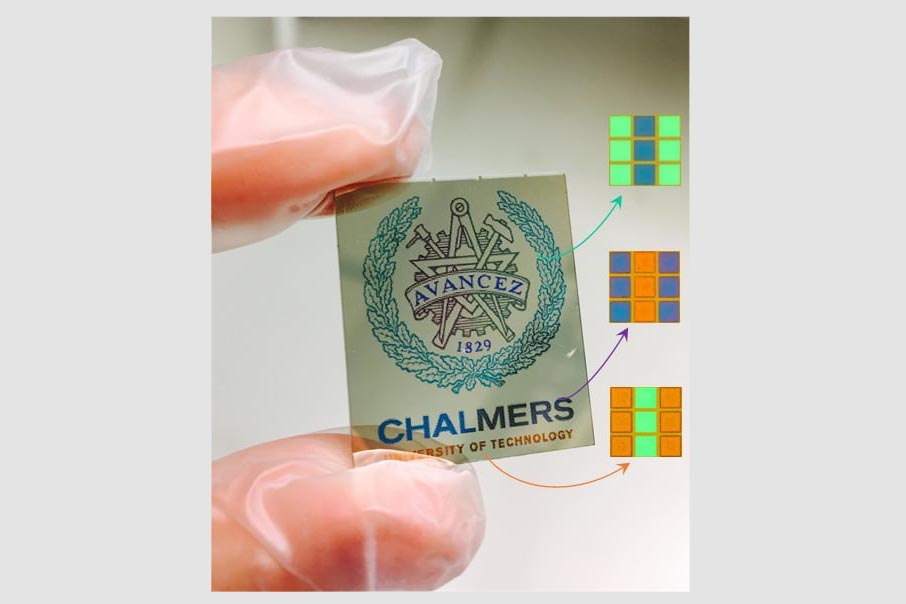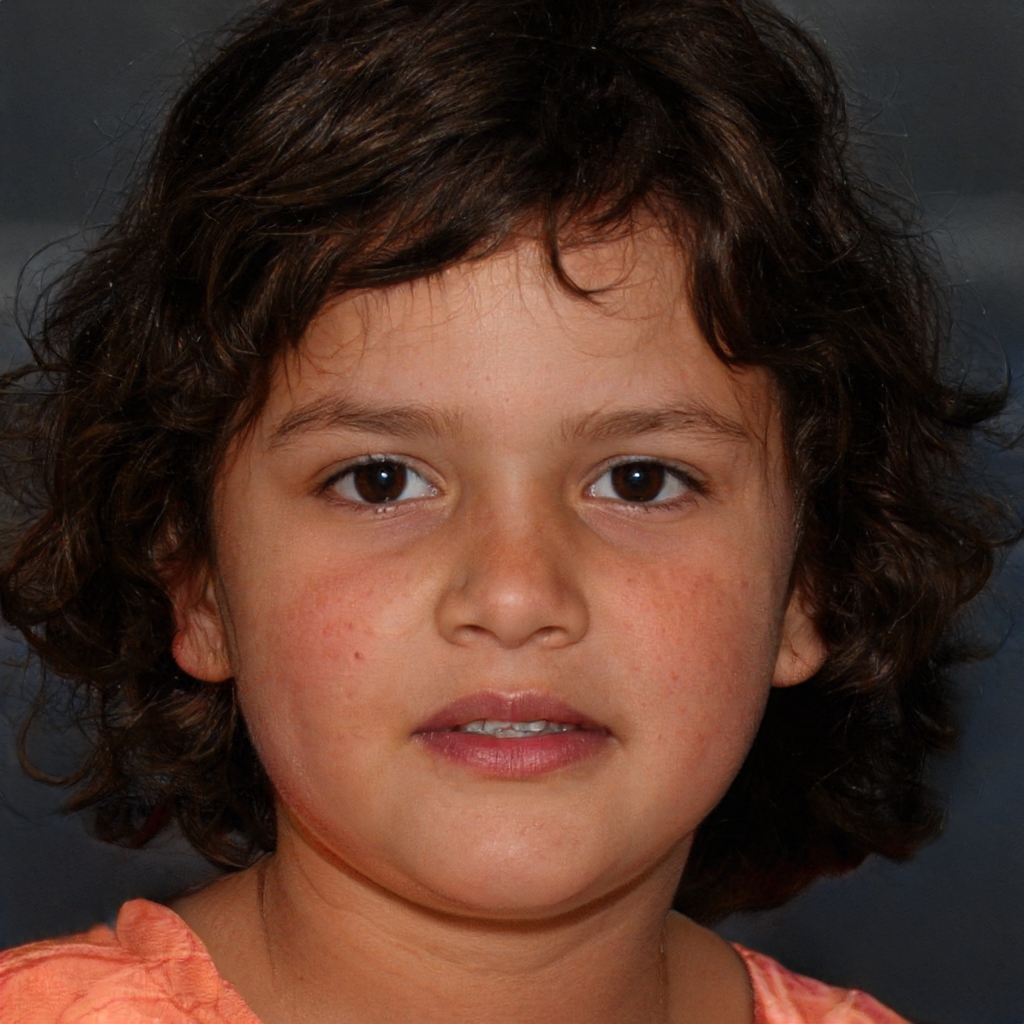Thanks to a new flexible material, in the future, new e-readers will be able to display images and text in high resolution.
Those who use e-books may soon begin to see a few more colors on the screens. Researchers at Chalmers University of Technology have devised a flexible material that can reproduce the colors of a regular LCD screen. The study was published in Anvanced Materials.
The new displays will also use one-tenth of the energy currently used by ebooks such as the Kindle. Il funzionamento è simile a quello degli schermi adoperati in quasi tutti gli e-reader in commercio: il display invece di essere retroilluminato come avviene negli LCD, rifletterà la luce che lo colpisce. A questo punto i polimeri a conduzione elettrica che coprono la superficie illuminata creeranno i colori sul display cambiando il modo in cui la luce è assorbita e riflessa. Sui nuovi e-reader grazie a questo materiale flessibile e dalle dimensioni microscopiche si potranno visualizzare testi e immagini ad alta risoluzione.
Come il Kindle
 Fonte foto: We
Fonte foto: We
Il nuovo materiale per gli e-reader
L’e-paper come afferma il capo del progetto Andreas Dahlin “è simile ai tablet Kindle”. "It's not like a standard display but reflects the external light that illuminates it." This means that the color e-reader will work better when there is plenty of light, unlike LCD screens that prefer a dimly lit environment.
The flexible material is capable of reproducing colors by combining three pixels of green, red and blue tones. It is in the experimental stage for now but could soon be used to make future ebooks. However, there are still some obstacles to overcome. The first is the cost. The e-paper in fact is also composed of gold and silver.
"At the moment - as Dahilin says- there is a huge waste of gold." "Either we reduce this waste, or we should find another way to reduce the cost."
